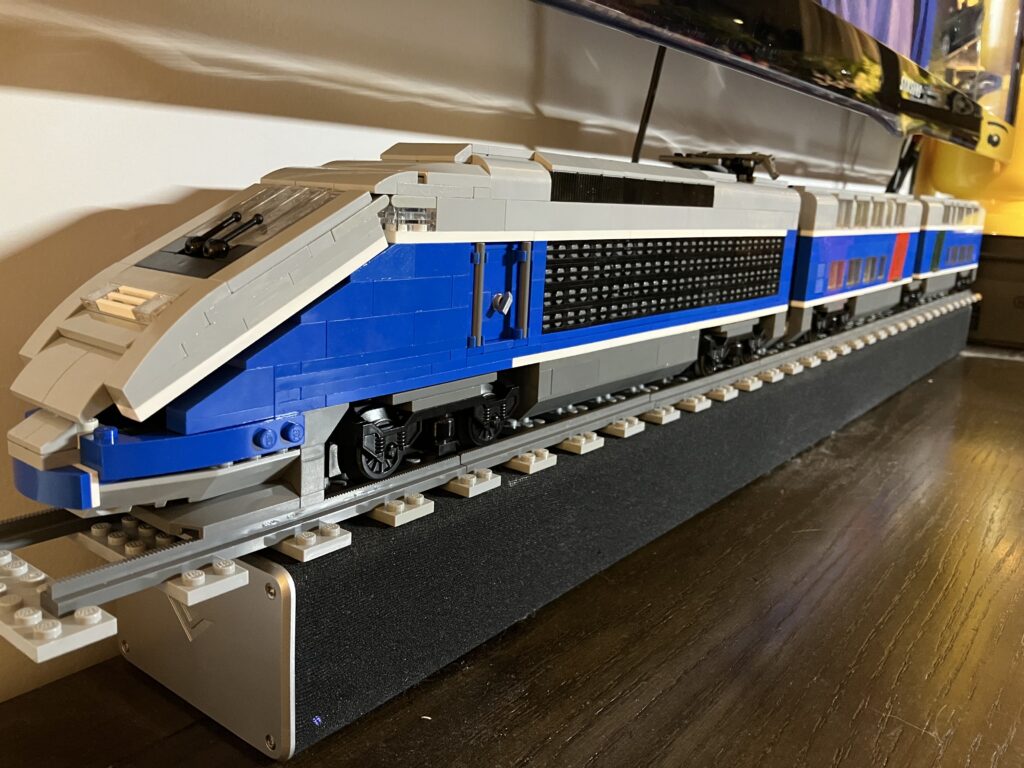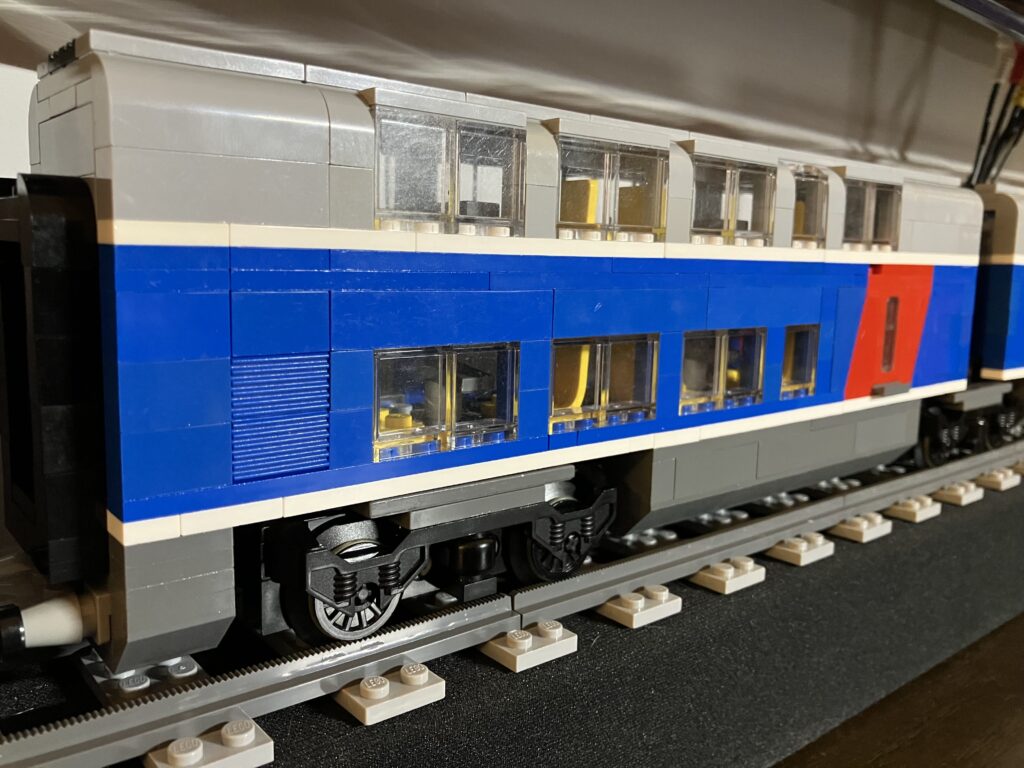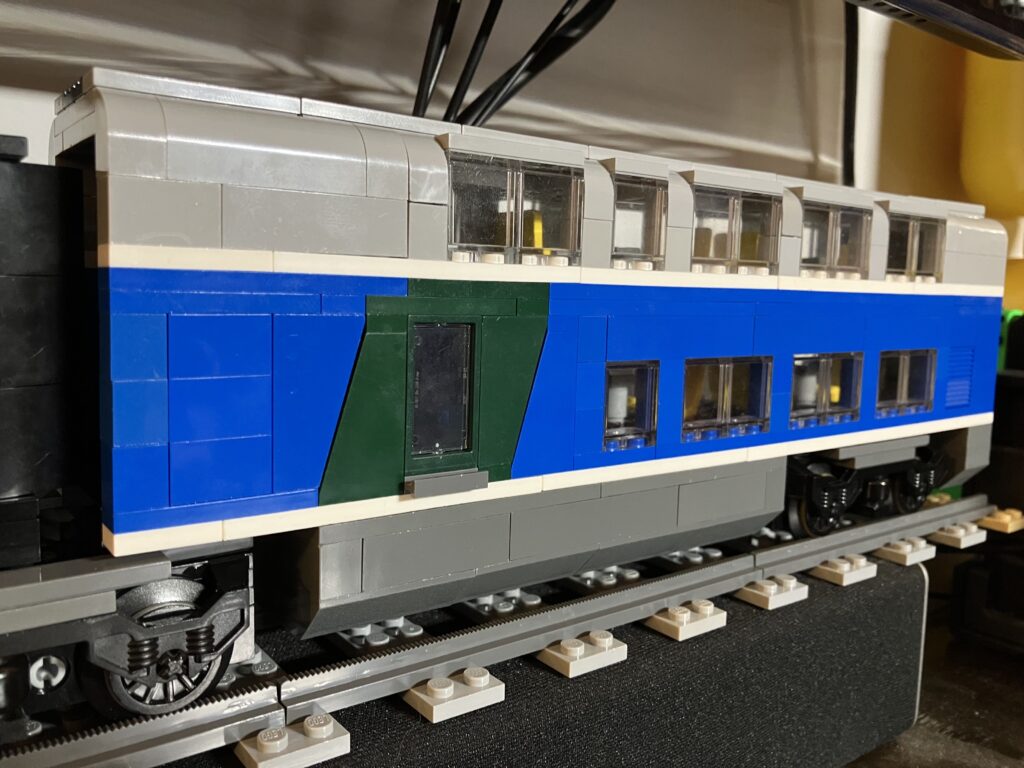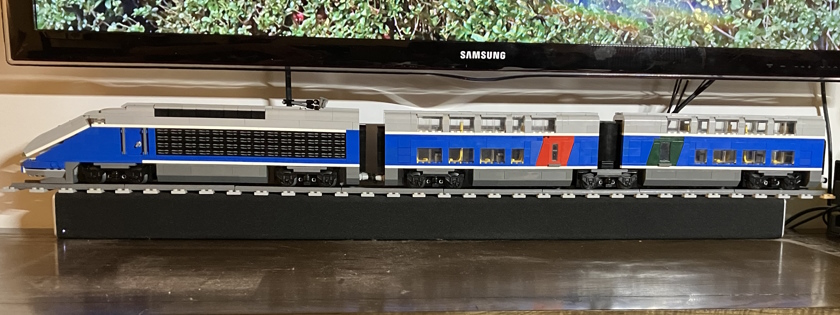I first met the TGV when I was about 5 for a trip to visit my late grandmother on my father side who was living in the West of France. At the time late in 1980s, the French rail operator, SNCF, was running TGV trainsets along two main geographical axes. The TGV Sud-Est, serving the city of Lyon from Paris in an orange livery, and the brand-new TGV Atlantique, serving the city of Nantes from Paris in a silver and blue livery.

The train station we went to board the TGV Atlantique was also brand-new, in a cold, bare concrete brutalist modern style that made an impression on me. But not as much as when the actual train rolled in the station at a majestic slow speed.

I don’t remember much of the actual trip. Since then I’ve taken the TGV several times and I’ve always enjoyed its fast, smooth and quiet ride, but this particular train in this particular livery will always be associated with this part of the country where I have family roots.

I shared these pictures with my family and my mom told me that this particular trip was a try-out of the new high-speed line. It turned out to be more expensive for our family of just 4 at the time than if we had taken the car, and not as practical for luggage. My aunt who picked us up in Nantes also remembers me proudly declaring that it was the fastest train in the world.

